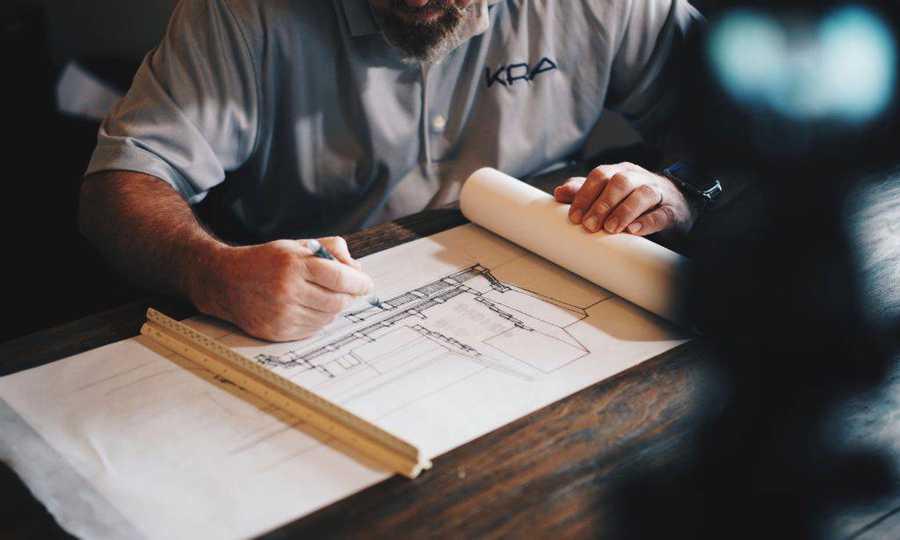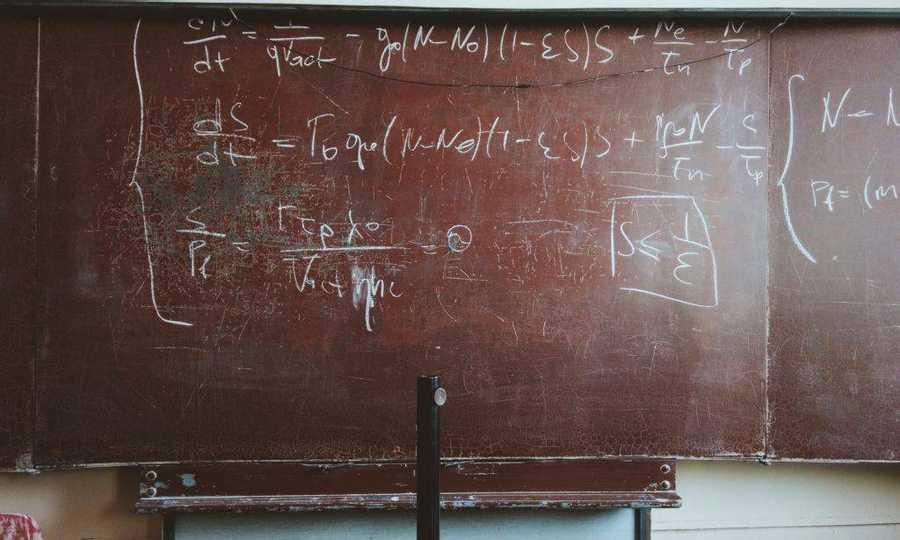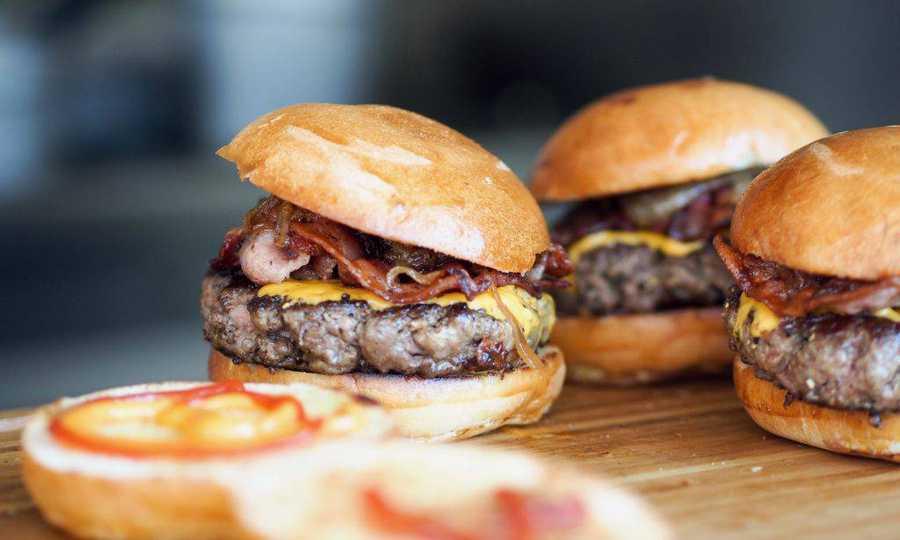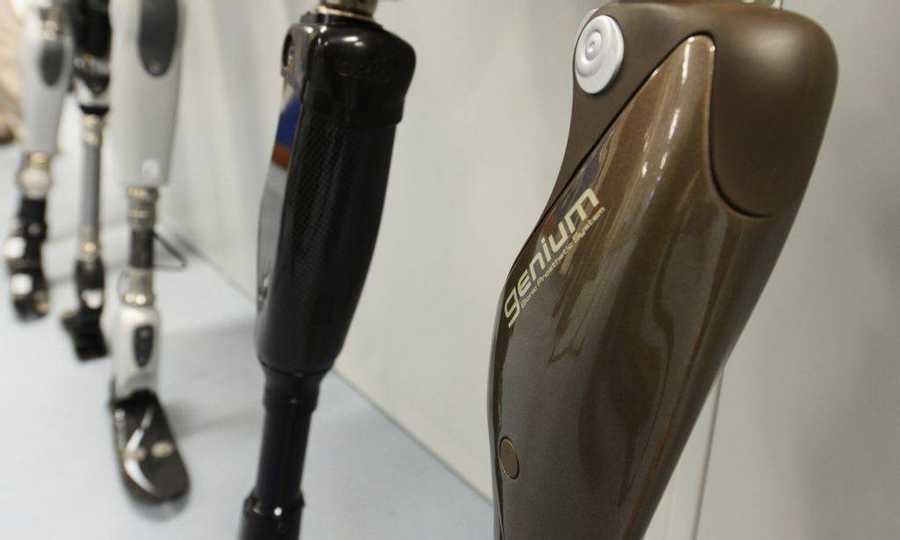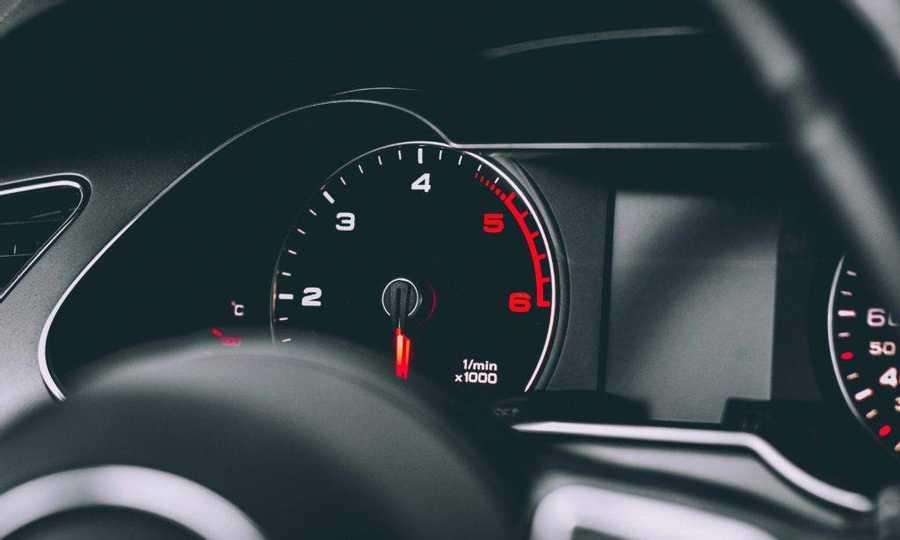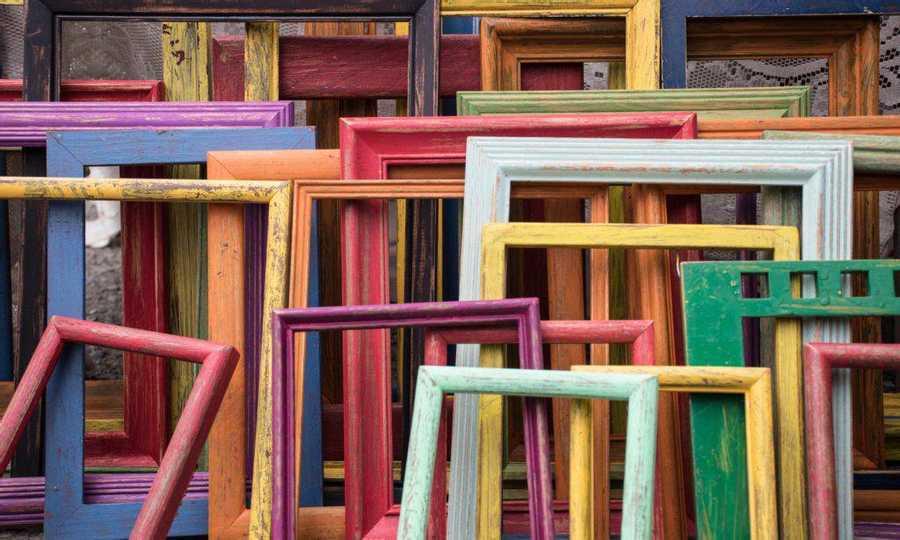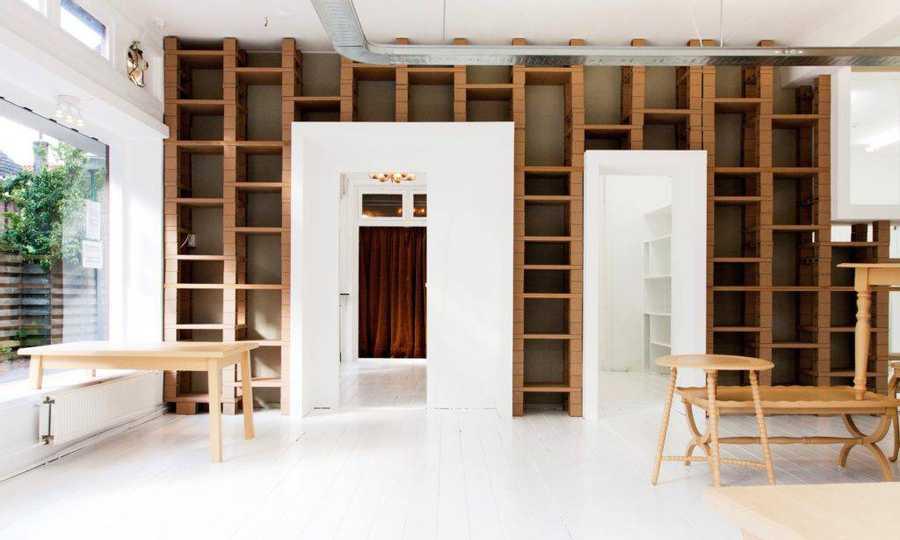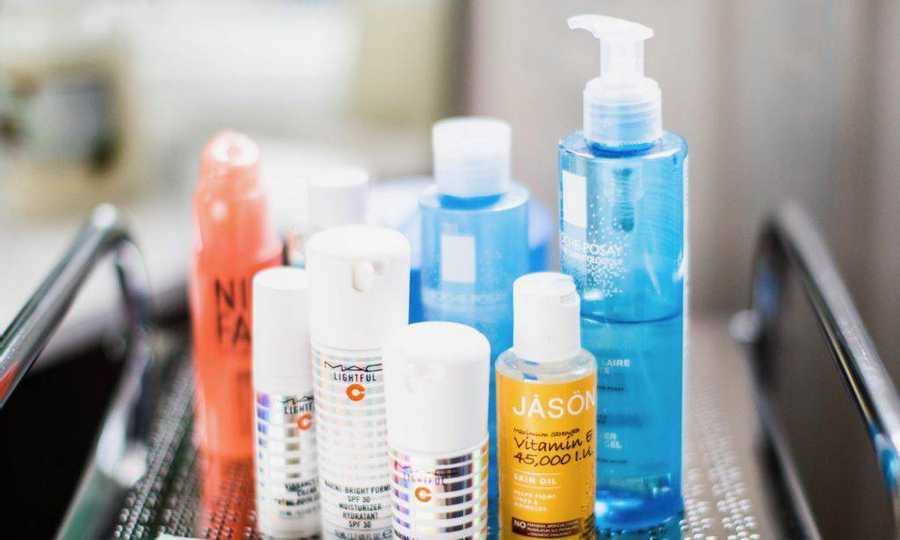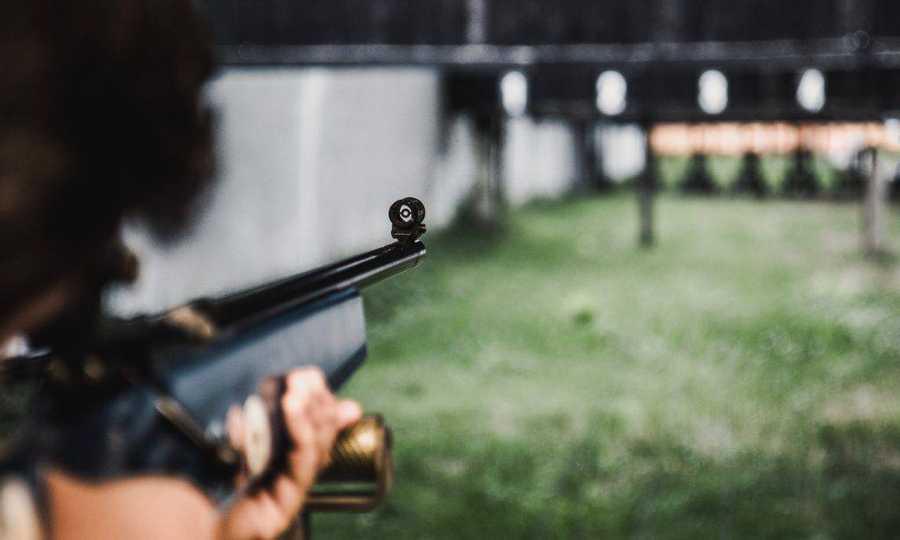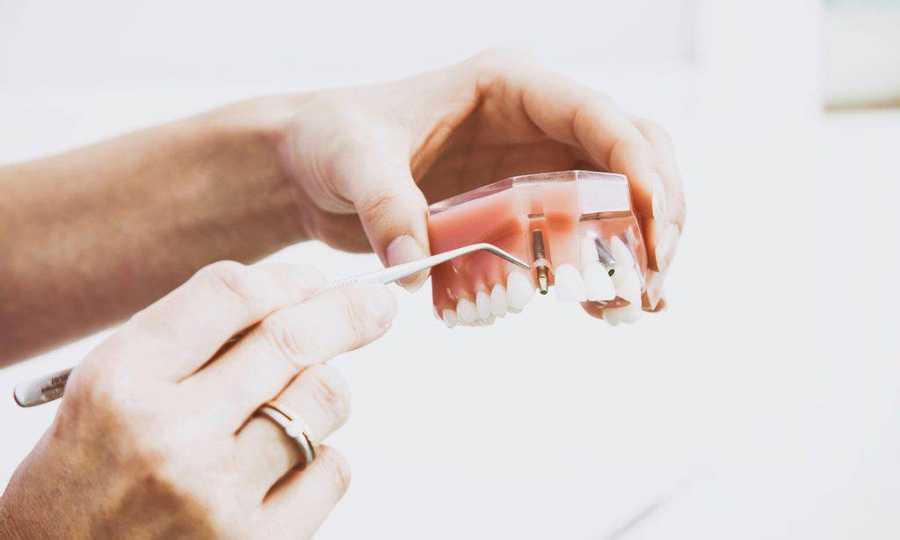3D-Printed Buses? 35 Industries The Tech Could Transform
Curated from: cbinsights.com
Ideas, facts & insights covering these topics:
19 ideas
·732 reads
2
Explore the World's Best Ideas
Join today and uncover 100+ curated journeys from 50+ topics. Unlock access to our mobile app with extensive features.
1. ARCHITECTURE AND CONSTRUCTION
Applications of 3D printing in architecture and construction are developing rapidly. The technology has become relatively widespread in the project design stage — architects can print models of properties, commercial real estate, and infrastructure.
The Dubai Future Foundation debuted what it claimed was the first 3D-printed building in 2016. The city-state says that by 2025, 25% of its new buildings will be made using 3D printers.
5
69 reads
2. EDUCATION
3D printing has the potential to modernize classrooms and better prepare students for technical careers.
Educators can produce visual aids — like artifact replicas — to bring a lesson to life. Students can engage in hands-on learning experiences that bring theory into the real world.
MakerBot is one of the most prominent players in 3D printing for education. Its printers come with hundreds of STEAM (science, technology, engineering, art, and mathematics) lesson plans. MakerBots are now available in 5,000 schools throughout the US.
5
64 reads
3. FOOD
The main value of 3D food printing lies in convenience and customization. As specialized diets become more commonplace, 3D-printed food is poised to enable more personalized on-demand eating experiences.
Originally limited to sugary, processed confections, the technology has made strides to encompass a much wider range of options.
Big names in 3D food printing include Beehex , a pizza printer that serves large food service operations, and Yissum , a company that employs a natural, calorie-free fiber to bind food components.
5
60 reads
Natural Machines ‘ Foodini can print a variety of foods using natural ingredients, so long as they are able to be pureed. Natural Machines claims that the possibilities are unlimited. The Foodini is currently available for commercial kitchens, with a goal to bring it to home cooks in the future.
Some food companies are already using 3D printing in their production process. Dairy-free milk startup Perfect Day , for example, uses 3D printing to make dairy proteins without cows.
5
44 reads
4. PROSTHETICS
3D printing could help bring prosthetics to those most in need, especially in developing countries affected by conflict or disease. Volunteer organization Enabling the Future uses 3D printing to make the $50 e-NABLE mechanical hand.
In the US, prosthetics are typically priced anywhere from $5,000 to $50,000, and the process of obtaining one can take months. 3D printing drastically cuts costs and production time — a 3D-printed prosthetic can typically be made in a single day.
5
34 reads
5. PHARMACEUTICAL DRUGS
Drug characteristics like shape, color, design, strength, release profile, and distribution of ingredients cannot be easily modified in conventional manufacturing processes. Now companies like vitamin startup Multiply Labs , which leverages 3D printing to build made-to-order personal supplements, are demonstrating the power of printing pills.
The FDA’s Office of Testing and Research is further exploring applications of 3D printing for drug products.
5
37 reads
To date, there is only one FDA-approved, 3D-printed drug: Spritam®, an anti-epileptic seizure medication, is designed to disintegrate within seconds after swallowing. The producer, Aprecia Pharmaceuticals, claims that the drug’s unique structure cannot be achieved through conventional manufacturing.
5
33 reads
6. AUTOMOTIVE
The automotive industry was one of the pioneers of 3D printing. For automakers, the technology offers faster, more cost effective product development cycles and end products that are strong and lightweight.
So far, automotive companies have primarily used 3D printing for pre-production tasks. As consumers demand more digitally connected and environmentally friendly vehicles, the technology has allowed automakers to design, test, and validate new concepts faster than ever before.
5
28 reads
Automakers from Ford to BMW are exploring how to leverage the technology for customization. Today, producing small batches of customized auto parts and tooling is often cost prohibitive because they are formed with molding, which requires a significant up-front investment.
3D printing eliminates the need for molding in many cases, so big players like Stratasys could eventually enable fully customized vehicles to reach a mainstream market.
5
28 reads
7. ART
Many in the art community have been quick to embrace 3D printing. Today, an artist can draw a design by hand and then 3D print it using materials like metal, glass, and ceramics.
In 2014, the Smithsonian Institution’s National Portrait Gallery revealed a 3D-printed portrait of President Obama. Other artistic feats enabled by 3D printing include a sculptural replica of a classic Van Gogh’s “Sunflowers,” and a project that analyzed the entirety of Rembrandt’s work.
5
21 reads
3D printing also can make art more accessible outside of museums. VerusArt, for example, uses 3D printing to create textured reproductions of famous paintings and displays them for schools. Unlike in museums, students are able to touch the replicas and feel the exact brush strokes used by the original artists.
Similarly, the Prado Museum in Madrid recreated a number of famous pieces in their collection as 3D paintings to make them more accessible to blind and visually impaired visitors.
5
20 reads
8. FURNITURE
allowing designers to test concepts more quickly and offer customers lower prices. A custom table that would typically cost thousands of dollars could cost just a couple hundred when printed.
3D printing also works well for controlling the density of a material, which means that it can produce more lightweight furniture.
Ashley Furniture implemented 3D printing in one of its manufacturing warehouses. The company can now print small parts for different furniture types that are being assembled. This has reportedly been a cost-effective and time-saving development.
5
17 reads
9. PACKAGING
With 3D printing technology, packaging companies can quickly develop new packaging designs and new equipment to manufacture packaging. Anubis 3D, for example, invented a 3D-printed robotic arm that assembles its packaging more efficiently.
3D printing can also be used to fuse product and packaging. Energy drink company Smart Cups has developed 3D-printed, biodegradable cups that contain some of the drink ingredients. The drink is created by adding water to the cup.
5
24 reads
10. FIREARMS
Gun safety advocates and law enforcement officials have been especially concerned about the printing of plastic guns that could go undetected by metal detectors.
Just as governments have not been able to fully eliminate counterfeit currency, it may be impossible to completely stop 3D-printed guns — especially as printing technology becomes more accessible.
5
22 reads
11. DRONES
Drones are made up of several small parts that often need replacing, making them good candidates for 3D printing.
Today, consumers can buy ready-made printable drone kits online. If their drone crashes, they can 3D print spare parts like propellers, antenna holders, and protective equipment.
Commercial manufacturers could someday print the entire frame of a drone, with parts uniquely customized for specific use cases.
5
31 reads
12. MEDICAL IMPLANTS
Customization is crucial to medical implants. Each person’s anatomy is different, and in surgical settings, time is of the essence. 3D printing could be leveraged to drastically improve healthcare outcomes in cases involving implants.
A research project in Australia produced a system for bone cancer surgery in which an implant is 3D printed just as the cancerous bone is being removed.
a situation that would normally require two operations can be condensed into one.
the FDA recently approved a 3D-printed spine implant created by Centinel Spine
5
19 reads
13. CONSERVATION
From artificial corals to prosthetics for wildlife, 3D printing has proven useful in environmental conservation.
Because 3D printing is fast and can use a wide range of natural materials, it may serve as a viable alternative to traditional environmental restoration techniques. Scientists are even using 3D-printed tags to track species in danger of extinction.
3D printing has been heralded as an environmentally friendly method of manufacturing in general. Printers can perform well with a variety of recyclable materials.
5
23 reads
IDEAS CURATED BY
Decebal Dobrica's ideas are part of this journey:
Learn more about technologyandthefuture with this collection
How to practice effectively
The importance of consistency
How to immerse yourself in the language
Related collections
Similar ideas
4 ideas
3D Printing Definition
investopedia.com
9 ideas
Futuristic Tech Innovations That Will Change The World
selfmentor.net
6 ideas
Read & Learn
20x Faster
without
deepstash
with
deepstash
with
deepstash
Personalized microlearning
—
100+ Learning Journeys
—
Access to 200,000+ ideas
—
Access to the mobile app
—
Unlimited idea saving
—
—
Unlimited history
—
—
Unlimited listening to ideas
—
—
Downloading & offline access
—
—
Supercharge your mind with one idea per day
Enter your email and spend 1 minute every day to learn something new.
I agree to receive email updates

